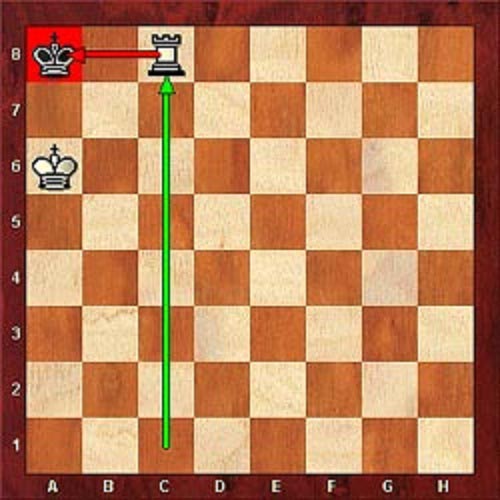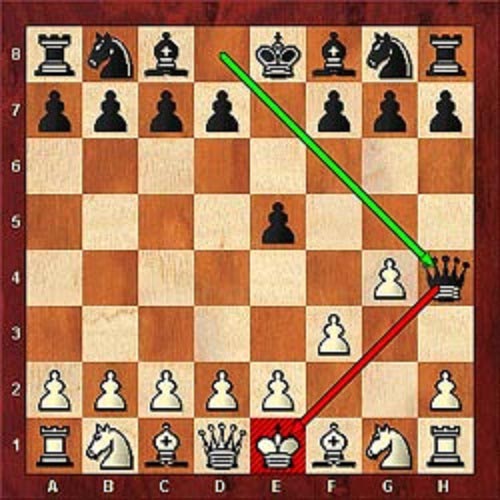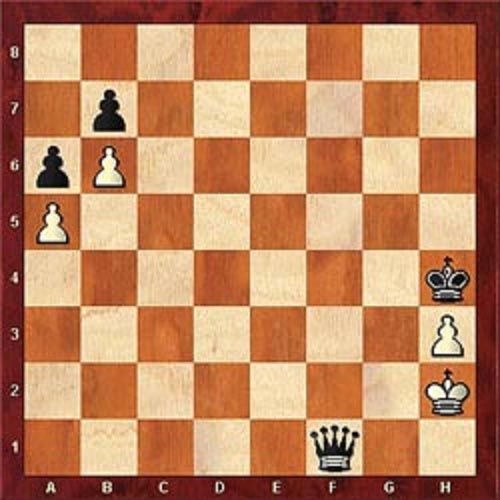 How do chess games end? In a previous article it was stated that the principal aim of chess was not to swap pieces, but rather to checkmate the King. According to my research, there are eight ways to terminate (win/lose) a chess game. These are:
How do chess games end? In a previous article it was stated that the principal aim of chess was not to swap pieces, but rather to checkmate the King. According to my research, there are eight ways to terminate (win/lose) a chess game. These are:
1. Checkmate
2. Resignation
3. Timeout
4. Draw/Stalemate
5. Insufficient material
6. 50-move rule
7. Repetition
8. Agreement
Checkmate
Checkmate happens when you or your opponent is threatening the King and it cannot be moved to another square, cannot be protected by another piece and the checking piece cannot be captured. If all of these conditions are met, the attacking player wins via checkmate.
Resignation
A chess player resigns when checkmate is imminent. Most games end by resignation, especially the tournament ones. Many players feel it is embarrassing to continue playing a lost game especially when your opponent is a strong player.
Timeout is a painful way to lose a chess game. It doesn’t matter whether you have checkmate in one move. When your time is finished, you have to resign. If you run out of time, and your opponent does not have the minimum material to force checkmate, the game is a draw. Managing your time and using it carefully across the game is critical. In tournament games, and even in friendly games, players use a chess clock to time their moves, say five minutes or 20 minutes or 90 minutes to complete the game. The five-minute game is referred to as a blitz game, the 20-minute is called a rapid game and the 90-minute is a classical game.
Draw/Stalemate
Stalemate is a special type of draw or tie that helps the player who is losing. Specifically, the player whose turn it is to move is not in check and cannot make a legal move. In such a situation, the game ends in a stalemate or a draw or a tie. Please note that if the King is not in check and there are no other legal moves to make for the player whose turn it is to move, the game is a draw.
To be continued









